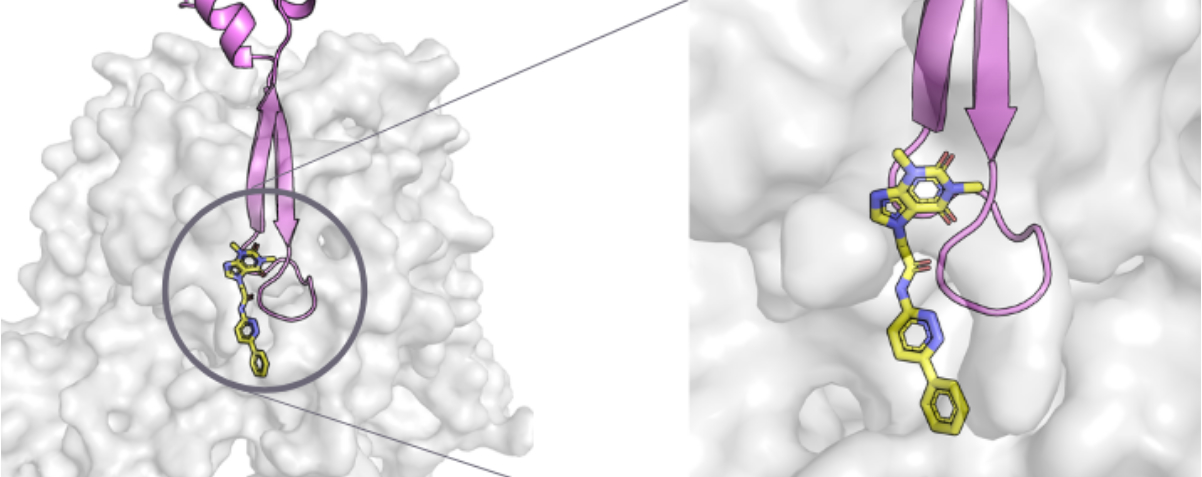This is an excerpt of an article in Duke-NUS Medicus 2021 issue 4.
“Wnts have been evolving for 500 million years,” said David Virshup, Director of the Programme in Cancer and Stem Cell Biology at Duke-NUS.
“With David, I knew I was dealing with a very serious, very experienced scientist whom I could trust,” added Matter.
Even with a validated target in hand, chemists and biologists at ETC had to test some 200,000 compounds in order to find some useful lead structures.
“Once we had some lead structures, we had to optimise each lead until they were fit to progress ultimately into preclinical development,” said Matter.
In 2013, ETC handed over a fully optimised lead, ETC-159, as a development candidate to D3 (Drug Discovery & Development), which later merged with ETC and the Experimental Biotherapeutics Centre to form the Experimental Drug Development Centre (EDDC).
“After that, there were extensive preclinical studies to make sure that we understood its potential toxicity before moving on to humans,” said Virshup.
“We would not have been able to make a molecule on our own. Their help was invaluable. The partnership was invaluable,” he added.
As ETC-159 progresses through clinical trials managed by EDDC, Dr Veronica Diermayr continues the scientific collaboration with Virshup’s laboratory.
“It’s a stimulating symbiosis,” said Diermayr, the asset development leader for this project, describing the process of collaborating with Virshup, before adding, “They (Virshup’s team) stimulate you with new ideas; they bring up targets that we wouldn’t have taken on without his strong support at that time.”
Diermayr’s team led the drug into Phase 1 clinical trials, with the first patient dosed in January 2015. As the clinical trial progressed, additional test sites in the United States were added, bringing the total number of patients treated by the end of Phase 1A to 32.
For the drug to progress through clinical trials, the team decided to select a patient population in whom ETC-159 would be an effective cancer treatment by using suitable biomarkers. So, Diermayr and her team worked to establish the most robust biomarker for clinical use from a list of potential biomarkers provided by Virshup.
“When you want to see efficacy, you can do this best if you have the right kind of patients for whom this drug has a high likelihood to work,” she explained.
That data also gave the team a deeper understanding of how the drug works, leading to further studies on the effect of ETC-159 in different patient populations as the clinical trial progressed to Phase 1B, which kickstarted in July 2020.
In the Phase 1B trial, the team is studying whether ETC-159 is effective as a single agent in genetically defined subgroups of colorectal, endometrial or ovarian cancer patients with limited treatment options. The study will also determine the effectiveness of combining ETC-159 with immune checkpoint inhibitors in subsets of the same cancers that are currently unresponsive to checkpoint inhibitors.
“It would be ground-breaking if the team was able to achieve clinical proof-of-concept, demonstrating that tumours known to be unresponsive to checkpoint inhibitors could become responsive with the addition of ETC-159,” said EDDC’s Chief Executive Officer, Professor Damian O’Connell.
To read the full article click here
